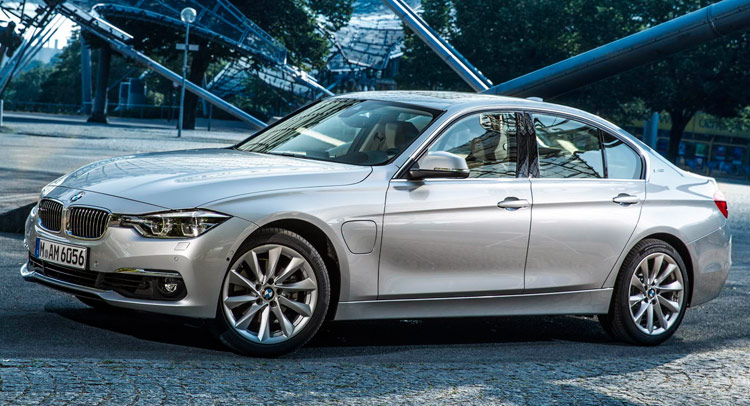Let’s not beat around the bush; BMWs have, for decades, been synonymous with driving pleasure and the company’s own moto was “The Ultimate Driving Machine”.
The times, they are achangin’, though and Munich’s range had to evolve, too. An MPV like the 2-Series Active Tourer would previously been unthinkable – front-wheel drive, a heresy, a betrayal against the brand’s core values.
The powers that be in BMW, of course, know very well that the 3-Series is their bread-and-butter model and their best-seller, so they make sure they don’t meddle much with its successful recipe.
Nevertheless, electrification has become inevitable in order to meet the stringent norms concerning fuel consumption and CO2 emissions. This does not necessarily imply that driving pleasure has been compromised.
According to BMW, the new 330e “adds to the 3-Series model range a plug-in hybrid variant that meets the highest standards of dynamics and efficiency”.
The engineers might have used the know-how gained by the i-Series, but unlike the i3 and i8, as well as the 225xe Active Tourer that will also debut at the IAA, the 65kW/88 PS electric motor that’s positioned in front of the eight-speed auto gearbox is mated not to the 1.5-liter three-cylinder, but the 184 PS, 2.0-liter four-cylinder.
Thus, the 330e has a total combined output of 252 PS and a peak torque of 420 Nm (310 lb-feat), with 100 Nm (74 lb-ft) – and, for small bursts, up to 250 Nm (184 lb-ft) – being available at all times by the eDrive system.
This enables the 330e to accelerate to 100 km/h (62 mph) from a standstill in just 6.1 seconds and top out at 225 km/h (140 mph). Not bad for a premium compact saloon, especially when you factor in the 1.9-2.1 lt/100 km (148.7-134.5 mpg) average fuel consumption and its CO2 emissions that are just 44-49 g/km.
BMW claims that, in all-electric mode, the hybrid 3-Series has a range of 40 km (25 miles) at speeds up to 120 km/h (75 mph) before the petrol engine kicks in and the total range in everyday driving can reach 600 km (373 miles).
The 7.6 kWh lithium-ion battery pack is situated under the boot, reducing its 480 lt capacity by 90 lt, though the company says that it has managed to keep the 50/50 weight balance and, anyway, the 370 lt that’s available is still more than enough – plus, one can always fold the 40/20/40 split rear seat.















































